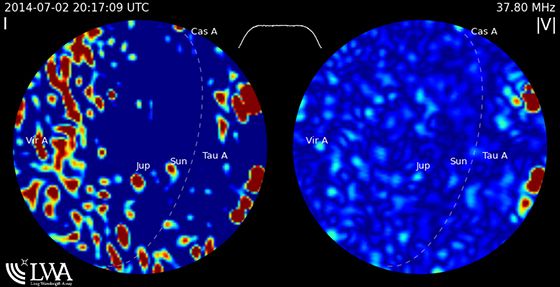OF THE
TIMES
Saturday July 12th, 2014
We were on the beach at North Padre Island Texas watching the moon, when my granddaughter & I both noticed a light screaming across the night sky. We both thought is was a plane or helicopter and then looked at each other with our mouthes open. It was too big and too fast for either. It was a round circle of light screaming across and downward across the sky. All of a sudden it changed into two lights and then was gone. It was about 9 pm. Everyone with us was looking toward the ocean & moon and the light was off to our left. No doubt it was something, but not sure what. What could this have been. We are still talking about it......
@3AW693 pic.twitter.com/VQz1f8a97G
- Matt Kearsley (@matt_kearsley) July 10, 2014
@3AW693 in Tullamarine 9.47pm pic.twitter.com/ZpRlsjXmGa
- Jan Laczynski (@YYarni) July 10, 2014
Witnessed one of the most amazing things in my life at work tonight, never thought I'd see a meteor spectacular sight #MelbourneMeteor
- Mitchell Clark (@Mitchclark18) July 10, 2014
Wow, just witnessed the amazing meteor / shooting star on way home from mums. Amazing! #melbournemeteor #melbourneshootingstarThe 3AW talkback line lit up as Melburnians realised what was happening.
- Lauren Clair (@lozclair) July 10, 2014

Comment: As the chart below vividly shows, there has been a dramatic increase in the number of reported fireballs for the last 2 years.